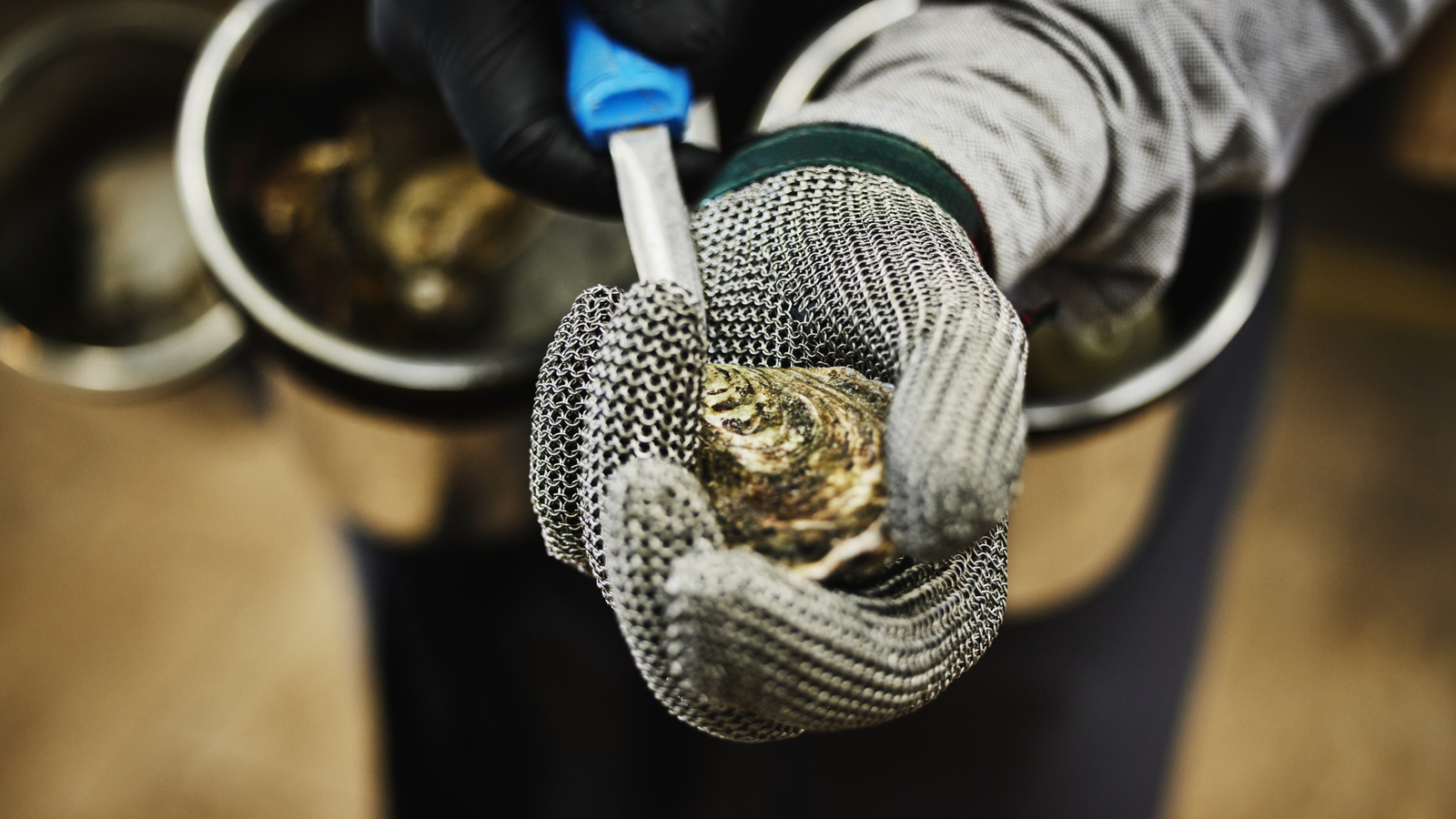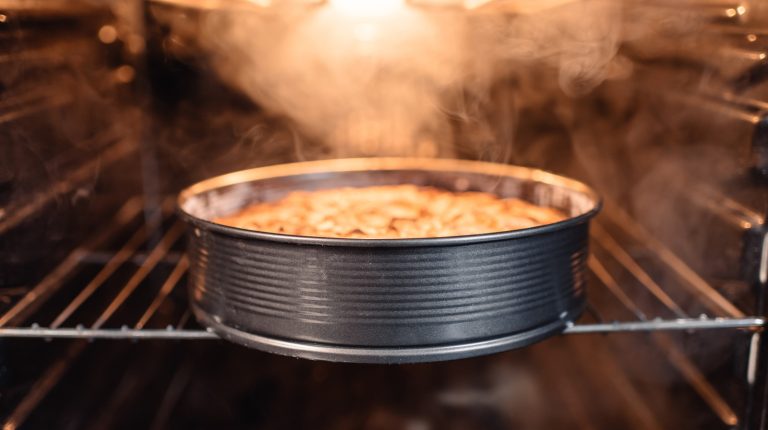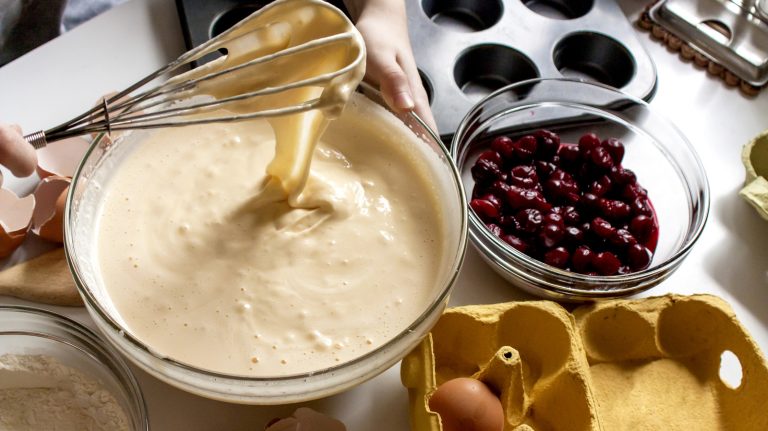We may receive a commission on purchases made from links.
Anyone who has spent time on the coast knows that oysters aren’t just a salty seafood delicacy, they’re practically a way of life. Though most of us only get to enjoy the tasty mollusks at fancy restaurants or events with a raw bar, it’s more accessible to buy and serve oysters at home than you might think. If you do decide to throw your own private oyster party, mastering the art of shucking the oysters is essential. While you can buy them pre-shucked, you risk losing out on their juices and compromising the quality of the meat, so shucking them yourself is your best bet.
The most important part of shucking is getting your hands on the best oyster knife money can buy. Owning a high-quality oyster knife isn’t enough on its own, however — you also have to keep it sharp. According to Robert DiGregorio, the director of seafood quality at Fulton Fish Market, “A dull, chipped oyster knife is not only harder to use, but dangerous to use.” Using a dull knife significantly increases your risk of cutting yourself and damaging the oyster’s appearance.
To sharpen it, a simple sharpening stone is enough he says. “While it isn’t necessary to sharpen an oyster knife to the degree of a fillet knife,” DiGregorio says, “from time to time it will become necessary to sharpen it.” During his time in the fish market, he’s seen all kinds of ways to sharpen knives — “one old timer even showed me how to sharpen and re-sharpen hooks and knives on the concrete floor,” he remembers. However, for the average person, a sharpening stone will be just fine,” he says.
Follow these steps, from sharpening to shucking
There are many different kinds of knife sharpeners for home chefs, each with distinct pros and cons, but a sharpening stone is one of the most versatile, making it perfect for niche utensils like oyster knives. Once you’ve acquired one, like this premium whetstone knife sharpening stone from Sharp Pebble, follow Robert DiGregorio’s simple sharpening advice. First, “make sure the stone is wet,” he says. “A very easy way [to sharpen] is to move the knife from side to side, not too hard, back and forth,” he advises, “then move it up and down on the stone, north to south, back and forth.” Don’t forget to flip the knife and sharpen the other side afterward. And there you have it — a perfectly sharp oyster knife for all your shucking needs.
Next comes the shucking itself. DiGregorio has a few technical tips that everyone should keep in mind, the most critical of which is safety. He recommends using a cut proof cloth or towel while shucking to prevent injuries. From there, he says that the easiest method to get the hang of is the hinge method. Place the cupped part of the oyster down on a non-slip surface and use your sharpened knife. Make sure to not apply excess force once the knife is inserted into the hinge at the back of the oyster. Simply twist the knife to cut the adductor muscle, separate the top shell, and then “slide the knife underneath the oyster and cut the muscle on the bottom shell,” he advises. All that’s left is to serve them with your favorite raw oyster toppings.






